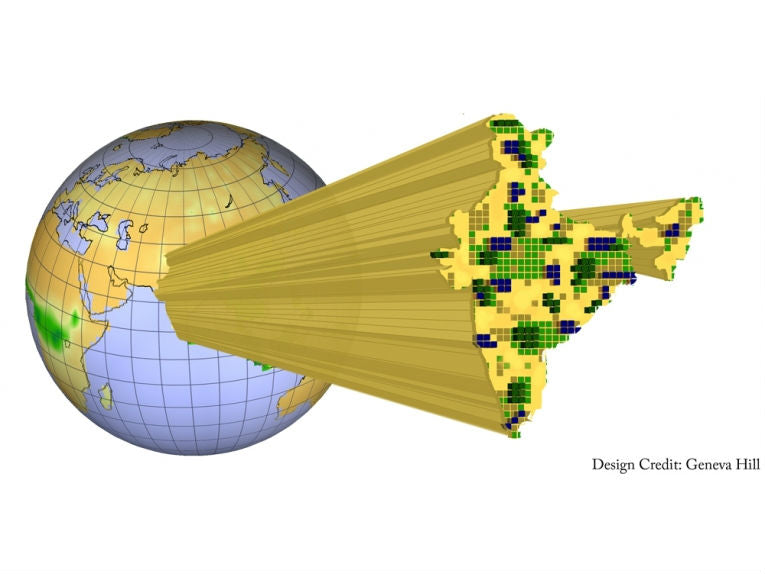There is no evidence for rising patterns of extreme rainfall across India, researchers claim. But there are indications of greater spatial variability - or the way extreme rainfall varies over the region.
The results of the study, led by Auroop Ganguly and researchers at Oak Ridge National Laboratory, Tennessee, which are published in the Nature Climate Change journal, contradict previous studies.
The data was obtained by using statistical methods specifically created to model extreme values and to allow for uncertainties.
Auroop Ganguly says, "Our research suggests that one needs to be aware of the different characterizations of extremes and that these characterizations require both interpretability and statistical rigour." In addition to global factors, it is also wise to examine regional and local factors, including deforestation and urbanisation, he adds.
The way the Indian study had been conducted could also be applied to any part of the world and complements physics-based computer modelling of climate and rainfall variability.
Civil engineer Auroop Ganguly, who is now at Northeastern University, Boston, co-authored the report along with Shih-Chieh Kao, also of Oak Ridge, Subimal Ghosh, from the Indian Institute of Technology, Bombay and Debasish Das, of Temple University.
They examined information from 1,803 stations between 1951 and 2003, which were obtained from the India Meteorological Department.
Earlier in the year, Auroop Ganguly and Shih-Chieh Kao published a paper in the Journal of Geophysical Research that examined simulated climate modelling of extreme precipitation and developing measures for decisions about water resources.
They demonstrated that models could be used to provide fairly accurate predictions of precipitation extremes at macro level, they were less effective at a regional and local level, particularly in the tropics.
Shih-Chieh Kao says, "Even as higher resolution models are attempting to get to the stage where spatially explicit insights can be generated, the kind of insights generated from observations in this study can be used as methods for model diagnostics and can help address science gaps."
Researchers from varying disciplines have compiled the paper, Lack of uniform trends but increasing spatial variability in observed Indian rainfall extremes. Subimal Ghosh is a civil engineer and hydro-climate scientist, while Debasish Das is a computer science and data mining graduate student. Shih-Chieh Kao is a statistician who focuses on water availability and flood frequency analysis. Ganguly is an expert in water sustainability, climate extremes and data sciences for complex systems.
The study was financed by the Laboratory Directed Research and Development program, the Department of Science and Technology of India and The National Science Foundation's Expeditions in Computing programme.










